For decades, physical game cartridges have been the lifeblood of gaming culture. From the iconic gray NES cartridges to the sleek Switch game cards, these tangible pieces of gaming history hold both sentimental and monetary value. As we move further into the digital age, proper preservation techniques become increasingly crucial to maintain these artifacts for future generations.
The first step in cartridge preservation is understanding the enemies we face. Humidity stands as the primary threat, capable of corroding metal contacts and warping plastic over time. Direct sunlight acts as a silent destroyer, fading vibrant label art and weakening plastic polymers through prolonged UV exposure. Temperature fluctuations cause materials to expand and contract at different rates, leading to internal stress fractures and connection issues.
Creating the ideal storage environment requires attention to several factors. Relative humidity should be maintained between 30-50% to prevent moisture damage without drying out materials excessively. Temperature stability proves more important than the specific degree, with most experts recommending a consistent 60-70°F (15-21°C). UV-filtered display cases or opaque storage containers provide necessary protection from light damage while still allowing for enjoyable display.
The cleaning process demands careful consideration. Isopropyl alcohol (90% or higher concentration) remains the gold standard for contact cleaning, effectively removing oxidation without leaving residue. Cotton swabs should be used gently on contacts, moving in one direction to prevent pushing debris further into the cartridge. For plastic surfaces, microfiber cloths with minimal moisture prevent scratches while removing surface grime.
Long-term storage solutions vary based on collection size and display preferences. For large collections, acid-free plastic bins with silica gel packets offer practical protection. Serious collectors often invest in fireproof media cabinets with humidity control. Those displaying prized cartridges should use UV-resistant acrylic cases that provide both visibility and protection. Never store cartridges in attics, basements, or garages where environmental conditions fluctuate wildly.
Battery-backed cartridges present unique preservation challenges. Many classic RPGs and sports titles from the 8-bit and 16-bit eras rely on internal batteries to maintain save data. These batteries typically last 15-25 years before requiring replacement. Proactive battery replacement before failure prevents potential acid leaks that could destroy the cartridge's circuitry. Modern replacement batteries with higher quality standards can extend this lifespan significantly.
The materials used in cartridge construction affect preservation strategies. Early cartridges with paper labels require different care than later plastic-label designs. Famicom disk system games demand special attention due to their magnetic media. Even modern Switch cartridges, with their bittering agent coating, need protection from moisture despite their more durable construction.
Digital preservation complements physical conservation efforts. Creating ROM backups of rare cartridges preserves the software even if the hardware fails. This practice remains controversial but gains acceptance for truly rare titles where the original media becomes unstable. Various organizations now work to archive game software through legal means, ensuring future access to gaming's cultural legacy.
Restoration should be approached cautiously. While retrobrighting can reverse yellowing of plastic, improper application can weaken the material. Label repairs should only be attempted by professionals, as amateur attempts often decrease value. The collector community generally agrees that honest wear often tells a cartridge's story better than imperfect restoration attempts.
Insurance and documentation complete the preservation picture. Detailed photographs of rare cartridges from multiple angles create valuable records. Serial numbers and distinguishing marks should be documented for identification purposes. Specialized collectible insurance policies can protect against financial loss from theft or disaster, though proper storage remains the first line of defense.
As technology evolves, so do preservation techniques. New developments in anti-corrosion coatings and climate control systems continue to improve our ability to safeguard these pieces of gaming history. The community's shared knowledge grows constantly, with forums and conventions serving as vital hubs for exchanging the latest preservation strategies.
The effort to preserve game cartridges extends beyond nostalgia. These physical artifacts represent important milestones in entertainment technology and cultural history. Through proper care and attention, we ensure that future generations can experience gaming's evolution firsthand, maintaining the tangible connection to the medium's roots in an increasingly digital world.

By /Jul 21, 2025

By /Jul 21, 2025
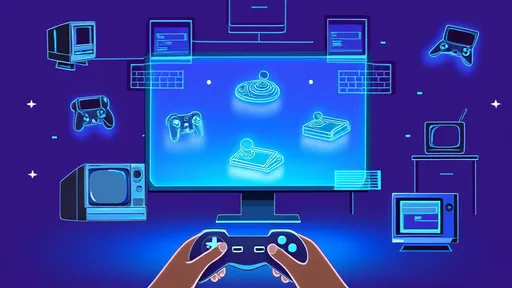
By /Jul 21, 2025
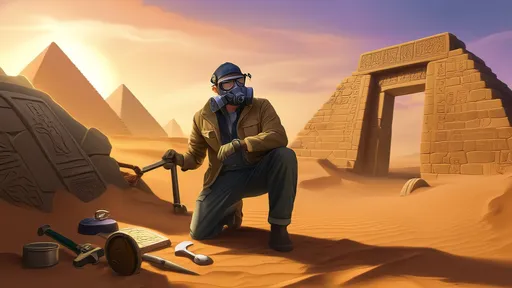
By /Jul 21, 2025
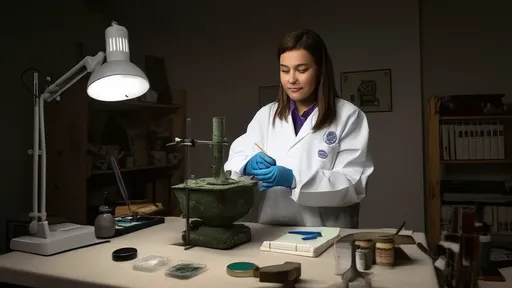
By /Jul 21, 2025
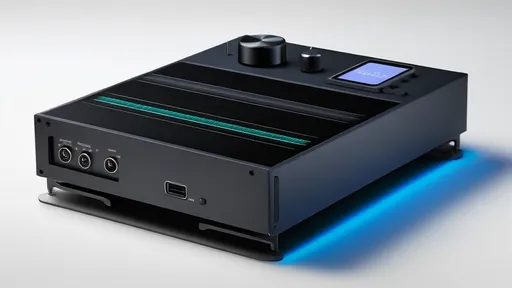
By /Jul 21, 2025

By /Jul 21, 2025
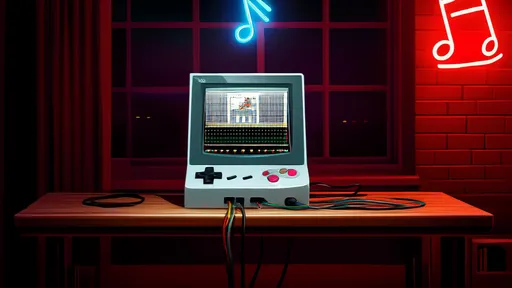
By /Jul 21, 2025
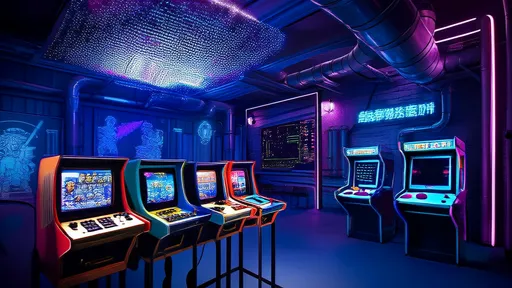
By /Jul 21, 2025
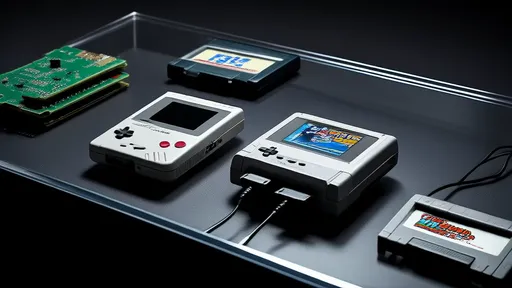
By /Jul 21, 2025
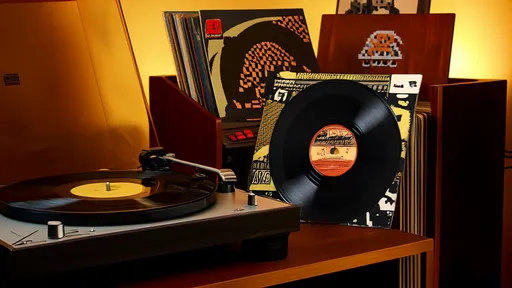
By /Jul 21, 2025
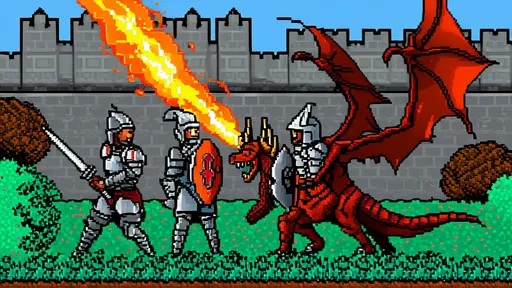
By /Jul 21, 2025
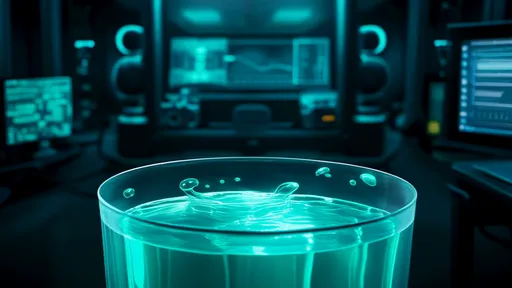
By /Jul 21, 2025
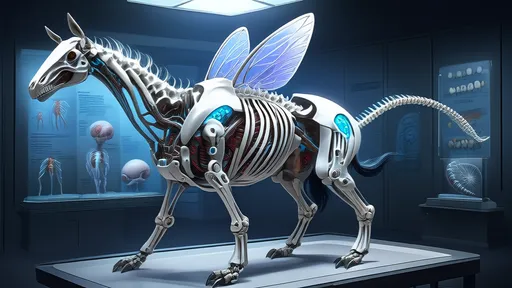
By /Jul 21, 2025
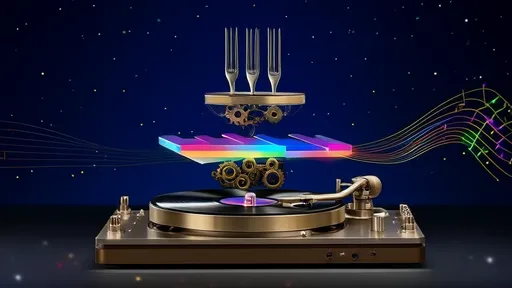
By /Jul 21, 2025

By /Jul 21, 2025

By /Jul 21, 2025

By /Jul 21, 2025